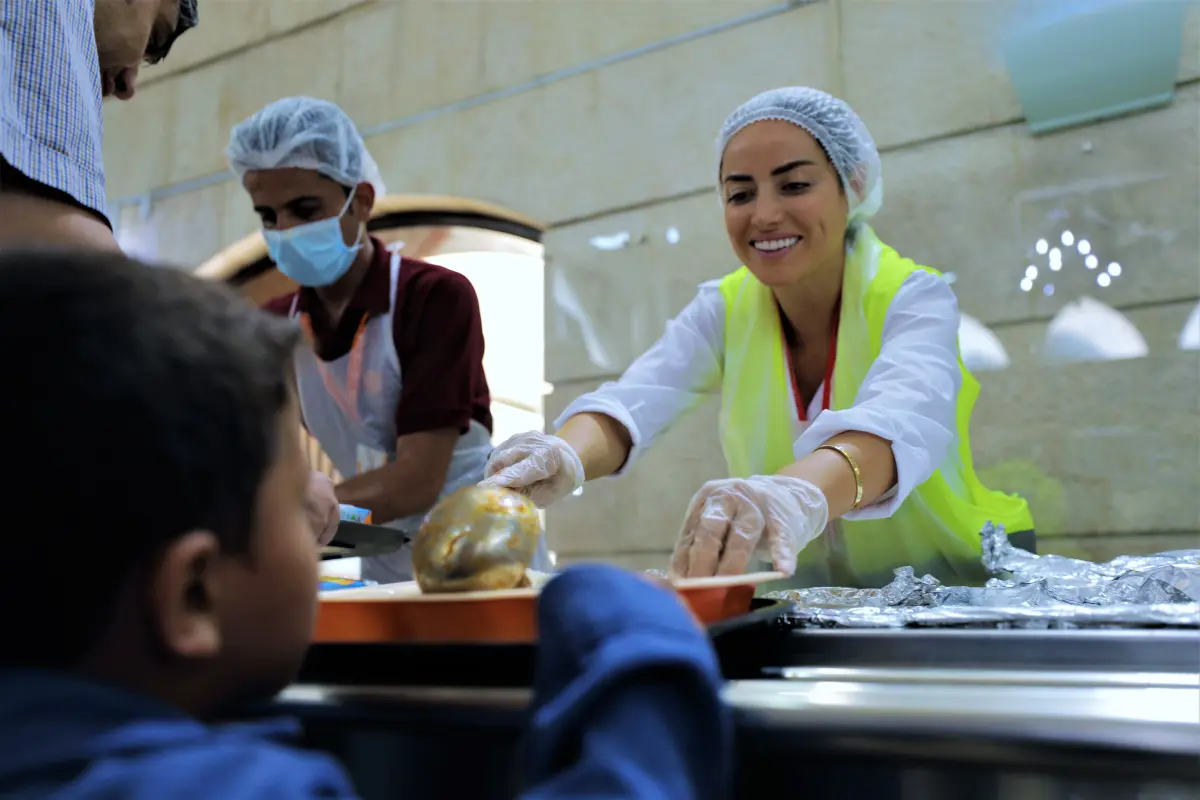Blogs
How to Instill the Love of Charity and Good Deeds in Your Child ?
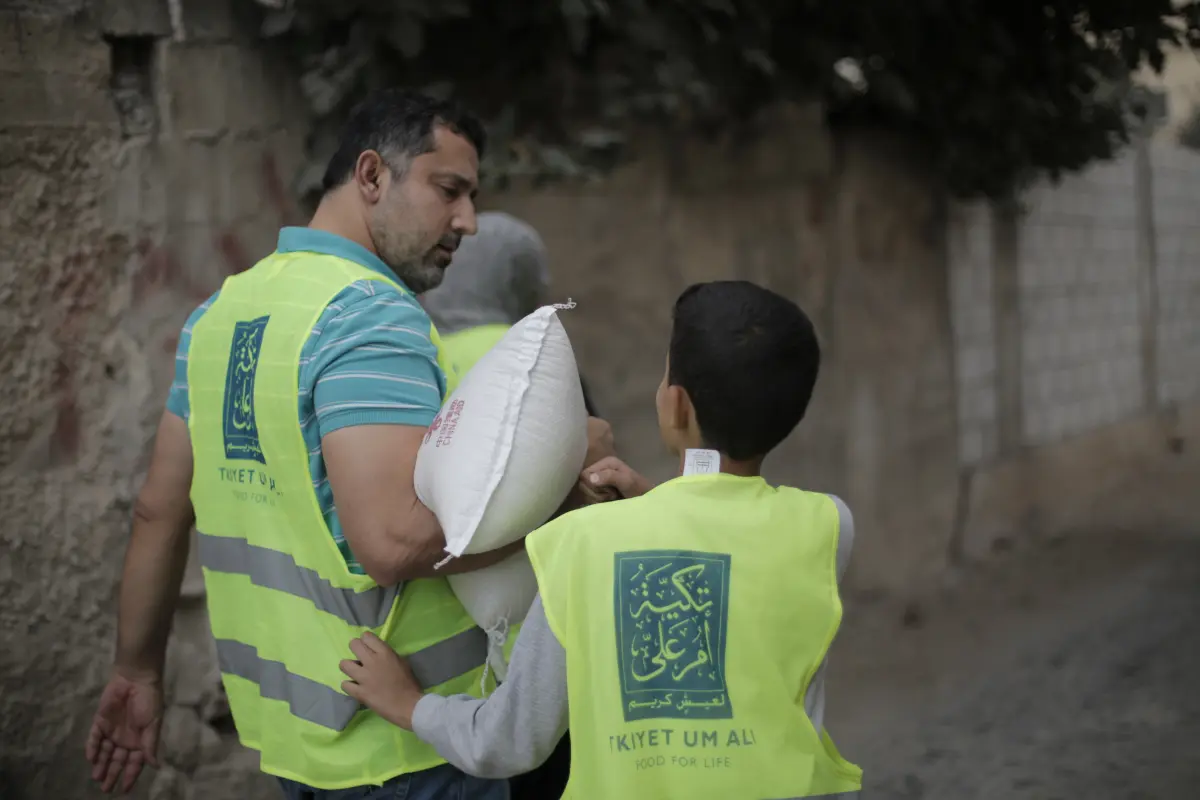
12 Aug 2025
Many parents wonder how to raise a child who values giving and develops a genuine love for doing charitable activities. It's important to understand that nurturing this sense of compassion doesn't happen by chance it takes consistent guidance, daily experiences, and, most importantly, setting the right example. Benevolence and giving are not just moral choices; they are noble religious duties that teach children empathy and reinforce kindness as a core part of faith. When a child grows up seeing generosity as an act of worship, they don’t just feel spiritual fulfillment—they also experience a deep emotional connection to others and a strong sense of belonging. Over time, doing good becomes more than a momentary act; it transforms into a meaningful habit that reflects the child’s values and upbringing. In this article, we’ll explore practical steps parents can take to instill the love of charity and good deeds in their children in a way that’s engaging and age-appropriate.
Lead by Example: Be a Source of Inspiration for Your Child
The first and most powerful way to teach children about charity is through example. Children absorb far more from their parents’ behavior than from their words. They observe, imitate, and quietly store away the actions they see as a guide to what’s acceptable and admirable.
At this early stage, children don’t need lectures—they need to witness real moments that turn values into visible actions. When they see their parents giving in private, helping a neighbor without expecting anything in return, or setting aside part of their income for those in need, they naturally internalize that mindset of giving. It becomes part of their world, not because they were told to care, but because they saw what care truly looks like.
Connect Helping Others to Values They Can Relate To
The second step is to tie acts of giving to the values your child already lives and understands, rather than treating charity as an abstract concept. For instance, a parent can take their child to the mosque and let them place a small donation in the charity box, explaining gently that the money may help a child their age who needs medicine or warm clothes. Or, on a regular outing, buying an extra meal for someone in need and letting the child hand it over themselves creates a moment of empathy they won’t forget.
Even simple stories from faith can leave a lasting impression, like the Prophet’s story of the woman who gave water to a thirsty dog and was granted paradise. Through these examples, children come to see that kindness—even to animals—is deeply meaningful to God.
Over time, they begin to realize that it is not just about giving money, but about having a heart that notices and responds to those in need. It becomes a meaningful experience, grounded in both spiritual values and human compassion—something they choose with love, not something they’re told to do.
Create Everyday Acts of Kindness to Build Empathy and Cooperation
Once your child has seen compassion modeled and begun to connect giving with their values, it’s time to bring these acts of kindness into their everyday life through small, consistent actions. You might encourage your child to choose a toy or item to place in a "family giving box" at home—something simple, but entirely theirs to offer. At school, it could be as small as sharing a sandwich with a classmate or stepping up to help a friend in need.
These tiny acts, while seemingly modest, teach a powerful truth: doing good doesn’t require grand occasions or official campaigns. It starts with a willing heart, a thoughtful moment, and a helping hand. When giving becomes part of their daily rhythm, it nurtures a mindset of compassion and a readiness to act, right where they are.
Use Playful Learning to Teach the Joy of Giving
Learning through play can be a powerful tool to shape values in children, without lectures, pressure, or formality.
You can, for example, create a "Good Deeds Box" game, where your child draws cards with kind tasks like “Help a friend tidy up” or “Share your favorite treat with your sibling.” Each time they complete a card, they earn points—and more importantly, a sense of joy in giving. Role-play games are another great way to build empathy; let them act out different characters like the donor, the person in need, or the volunteer. It allows them to explore perspectives, feelings, and choices in a fun, creative way. Even drawing pictures of a “Day of Giving” or building a story around a kind act can help them imagine a better world—one they’re part of shaping.
Educational apps and interactive stories that follow the adventures of kind, giving children can also bring these ideas to life, blending learning with delight and creating role models they’ll want to emulate.
Guide Your Child into Volunteering: When and How to Begin
As your child matures and begins to understand their role within the wider community, you can start introducing them to more organized forms of giving, what we call volunteering. Around the ages of 7 or 8 is often a good time to begin, starting with small but meaningful experiences like joining a school charity drive or accompanying the family to a local community event. It’s also important to introduce them to trusted national organizations that welcome young volunteers. One example is Tkiyet Um Ali, which not only collects charitable donations but also invites families and children to join a variety of structured volunteering programs. These experiences show children that their effort, no matter how small, can have real-world impact.
How to Handle Your Child’s Refusal to Participate in Charity and Good Deeds
It’s perfectly natural for a child to sometimes resist participating in acts of kindness—whether donating or volunteering—especially if they don’t fully understand the purpose, or feel like they’re being asked to give up something valuable without reward. In these moments, avoid responding with punishment or criticism. Instead, approach the situation with patience and empathy.
Start by listening to their concerns: maybe they don’t grasp the meaning, feel shy, or are reluctant to part with a cherished toy. Rather than insisting, open a gentle dialogue. You might ask, “What would you appreciate someone giving you if you were in their shoes?” or offer them a choice—perhaps selecting which toy to donate themselves, or creating a special card to accompany a family donation. Remember, rushing for immediate compliance can backfire, while consistent encouragement through small, freely chosen, kind gestures can gradually open the door to deeper involvement.
Keep in mind: cultivating a love for goodness, like all meaningful values, takes time to grow and strengthen. When a child feels secure, respected, and understood, they’re far more likely to embrace meaningful participation out of genuine care—not obligation.
Final Thoughts
Instilling a love for Sadaqa and doing good in your child isn’t a one-time task, but a long-term journey rooted in modeling behavior, daily habits, and positive experiences. Every small encouragement today can shape tomorrow’s compassionate adult.
Stay informed of the latest blogs
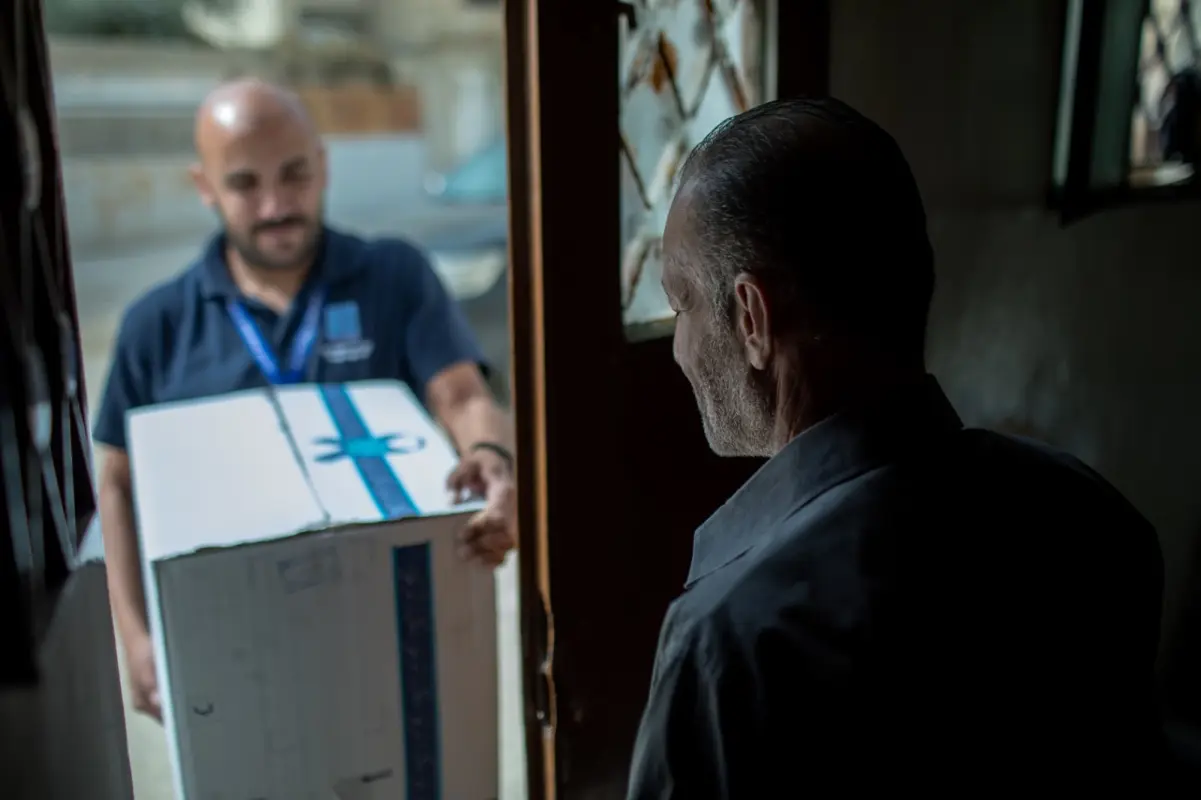
21 Oct 2025
Charity on Behalf of Parents: Virtues and Rewards
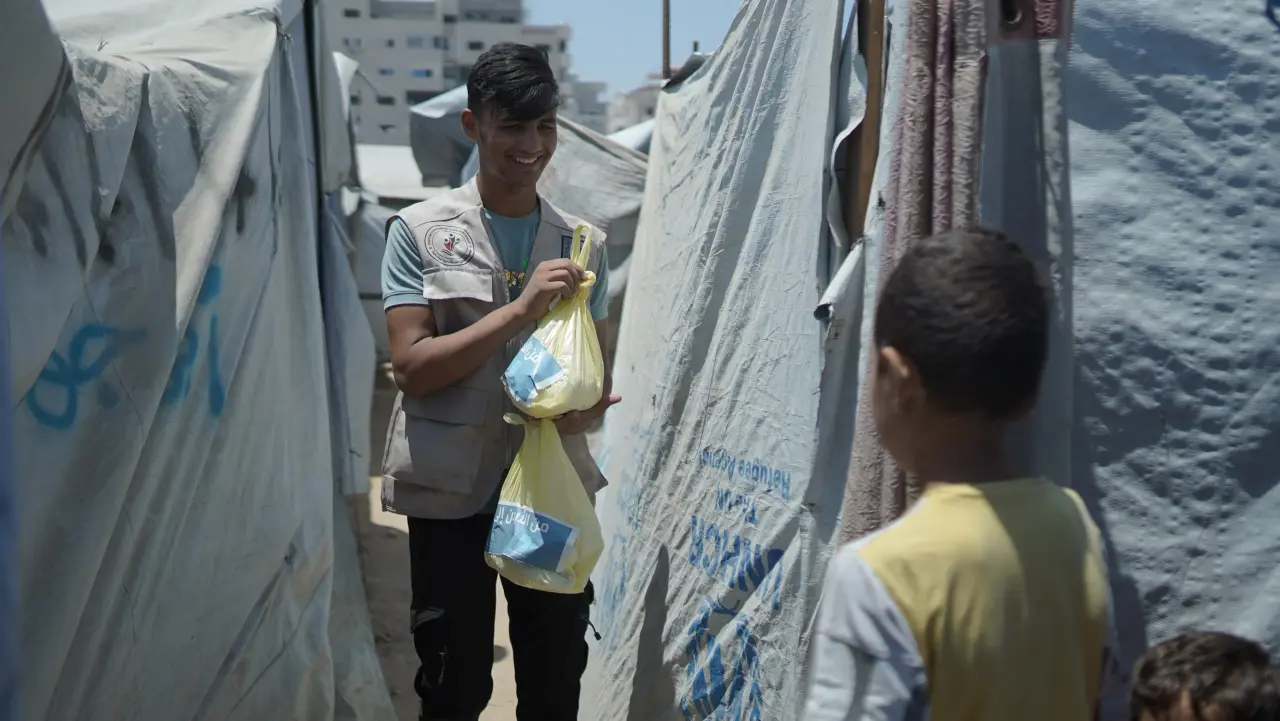
22 Sep 2025
The Importance of Donating to Gaza and Its Impact on Improving the Lives of Children and Affected Families in The Strip
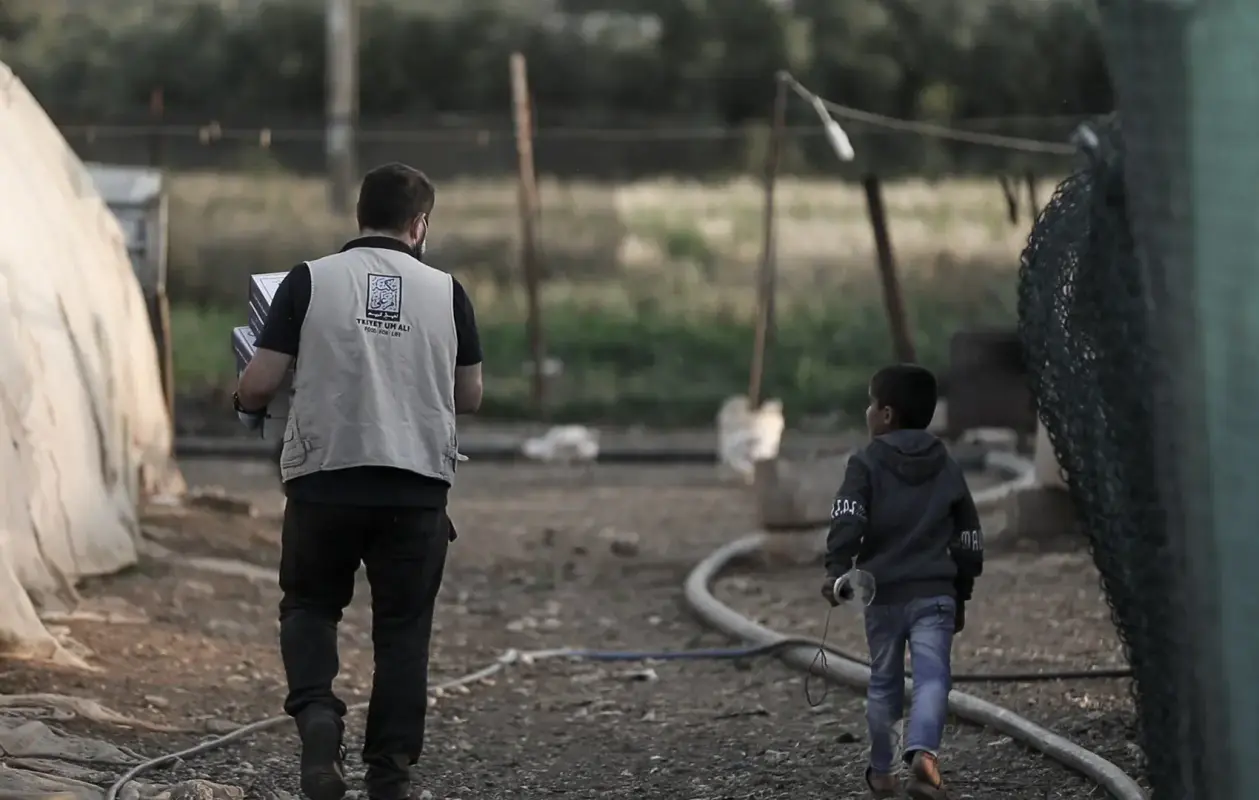
11 Sep 2025
How to Instill in Children the Love for Helping the Poor
